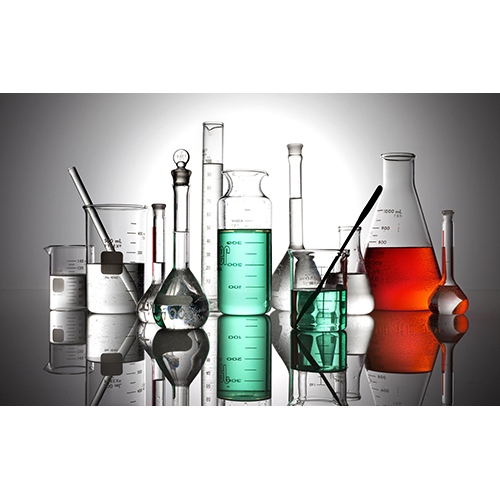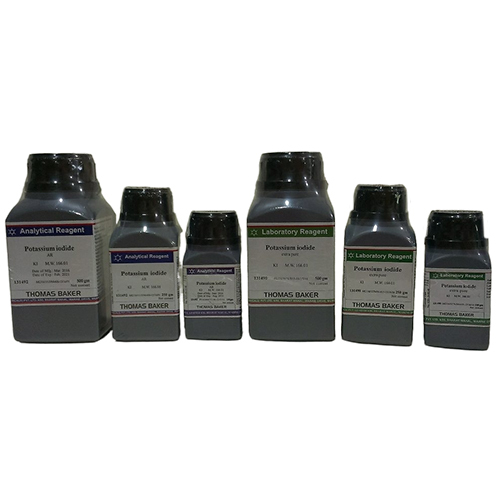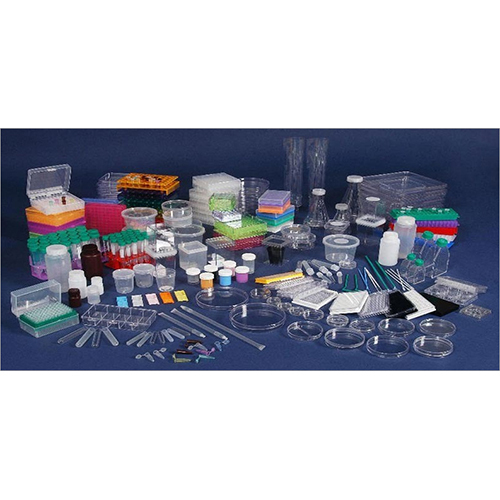Have a question ?
07971190840
Labrotary Glasswares
Product Details:
- Warranty Yes
- Feature High Quality
- Equipment Materials Plastic, Glass
- Usage Industrial, Lab
- Weight Differ as per size Kilograms (kg)
- Click to view more
X
Labrotary Glasswares Price And Quantity
- 100 Unit
Labrotary Glasswares Product Specifications
- Differ as per size Kilograms (kg)
- High Quality
- Plastic, Glass
- Yes
- Industrial, Lab
Labrotary Glasswares Trade Information
- Cash in Advance (CID)
- 5000 Unit Per Month
- 7 Days
- All India
Product Description
Laboratory glassware a useful item found in chemical, pharmaceutical, and research laboratories for performing experiments, mixing solutions, heating materials, and watching for reactions to occur. Laboratory glasswares are usually made of quality borosilicate glass; thus, it exhibits greater thermal resistance, clarity, and is resistant to breaking from heat. Examples of common laboratory glassware include beakers, flasks, test tubes, pipettes, burettes, and condensers. Their clarity means someone can easily monitor their contents, and their chemical resistance means that one can handle every corrosive material in confidence. In addition, laboratory glassware will generally withstand high temperatures and can go through rapid thermal changes, which is ideal for heating and cooling them. The main advantage of using laboratory glassware is precision of measurement and purity of reaction conditions. If it is academic research, industrial quality control, or clinical diagnostics, laboratory glassware remains an essential item for accurate and precise work. Laboratory glassware is available in a variety of sizes and types, and they are a fundamental part of performing safe, repeatable, and high-precision work in scientific fields.
FAQs:
1. What types of glass are used in laboratory glasswares?
Most laboratory glassware is manufactured using borosilicate glass, a type of glass with very low thermal expansion, which helps prevent thermal shock. Borosilicate glass also has high resistance to chemical deterioration. So it is ideally suited for heating or cooling applications to keep you and your work safe.
2. How should laboratory glasswares be cleaned?
Cleaning needs to be done with a laboratory-grade detergent and warm water. Use caution when using abrasives as much as possible. If you have heavily soiled materials, you can use acid or solvent cleaning, making sure to take appropriate precautions while using those. Always, but especially after an acid or solvent cleaning, rinse your closed laboratory glassware with distilled water to prevent contamination.
3. Can all glasswares be heated directly?
In general, only heat-resistant glassware that has been manufactured as a borosilicate flask or beaker, or another type of container suited for direct heating, should be used for heating. Always be sure to validate with the manufacturer regarding safe usage. The sudden removal of heat can cause cracking or breaking, so the practice of removing heat or cooling must be completed carefully and validly.
4. Why is glass preferred over plastic in labs?
Glass has superior chemical resistance, lower contamination potential, greater clarity, and is less thermally sensitive than plastic. Unlike plastics, glass is reusable if cleaned properly and can be used repeatedly instead of plastic, coming into contact with a sample, chemical, or agent without chemical leaching (solution to sample contamination). For quantitative or precision experiments and long-lived laboratory chemical-made products, glass is usually the best operational choice.
5. Are laboratory glasswares reusable?
Yes, the laboratory glassware we use can be reused! By treating our laboratory glassware responsibly and cleaning it frequently, there is very little reason for it to perish. It is reasonable for laboratory glassware to last many years! Nevertheless, it is important to examine laboratory glassware regularly for cracks or blemishes to ensure successful and accurate lab-based processes.
Tell us about your requirement

Price:
Quantity
Select Unit
- 50
- 100
- 200
- 250
- 500
- 1000+
Additional detail
Mobile number
Email






 Call Me Free
Call Me Free
 English
English Spanish
Spanish French
French German
German Italian
Italian Chinese (Simplified)
Chinese (Simplified) Japanese
Japanese Korean
Korean Arabic
Arabic Portuguese
Portuguese